
How To: Use a 60 gallon rain barrel
Video shows how to collect rainwater with a 60 gallon rain barrel. Video discusses the importance of recycling rain water and the advantages of using it at home.


Video shows how to collect rainwater with a 60 gallon rain barrel. Video discusses the importance of recycling rain water and the advantages of using it at home.

Lars explains how to use a recycled plastic compost bin. Video shows how bin has no bottom to help your soil stay biologically active. Watch video for best results.
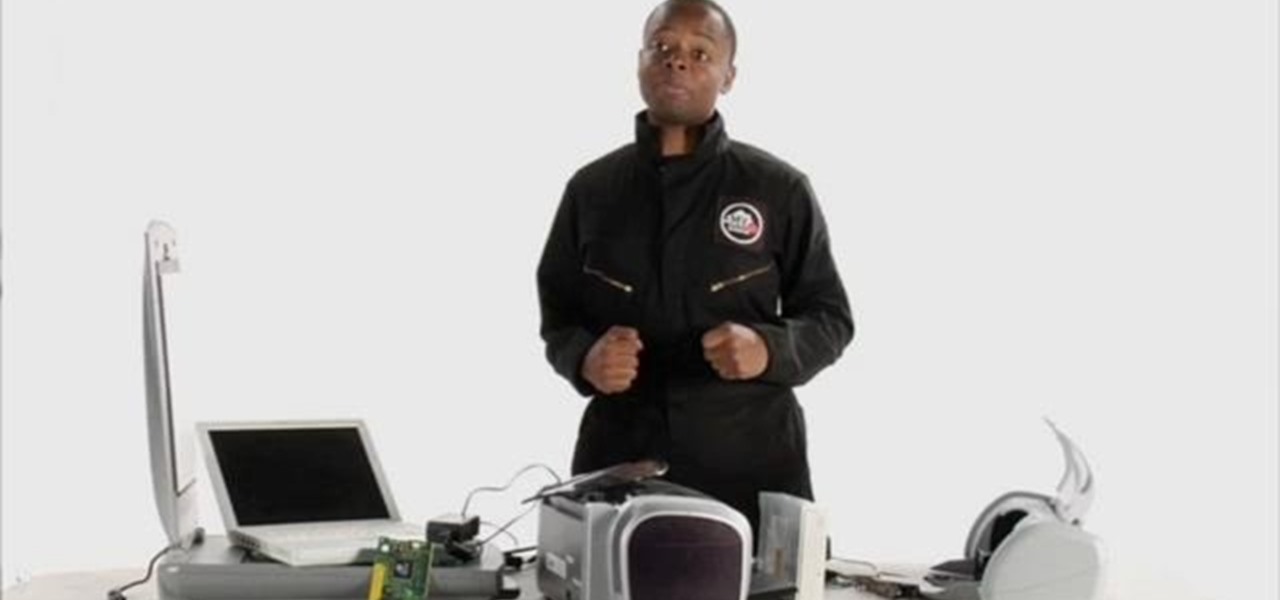
Tossing old computers and electronics in the trash is bad for the planet. Techno-Guru Lloyd gives a smarter alternative.

Do you have a pesky cockroach problem? You've tried and bought everything you can think of to get rid of this annoying winged bugs. In this video, you'll learn everything you need to know and do to get rid of them once and for all the natural way. Now, you'll be able to sleep and eat in peace.

The best way to get into recycling is make it simple. Recycling newspapers is a great way to start your efforts to go green. It is one of the most common paper products in your home that can be recycled. The hard part is keeping the papers from becoming a big mess while you store them. Bundling the papers and tying them up can be very hard. An easy solution for that problem is to put two pieces of string that are long enough to wrap around the bundle of papers in a wagon. Lay them in the wago...
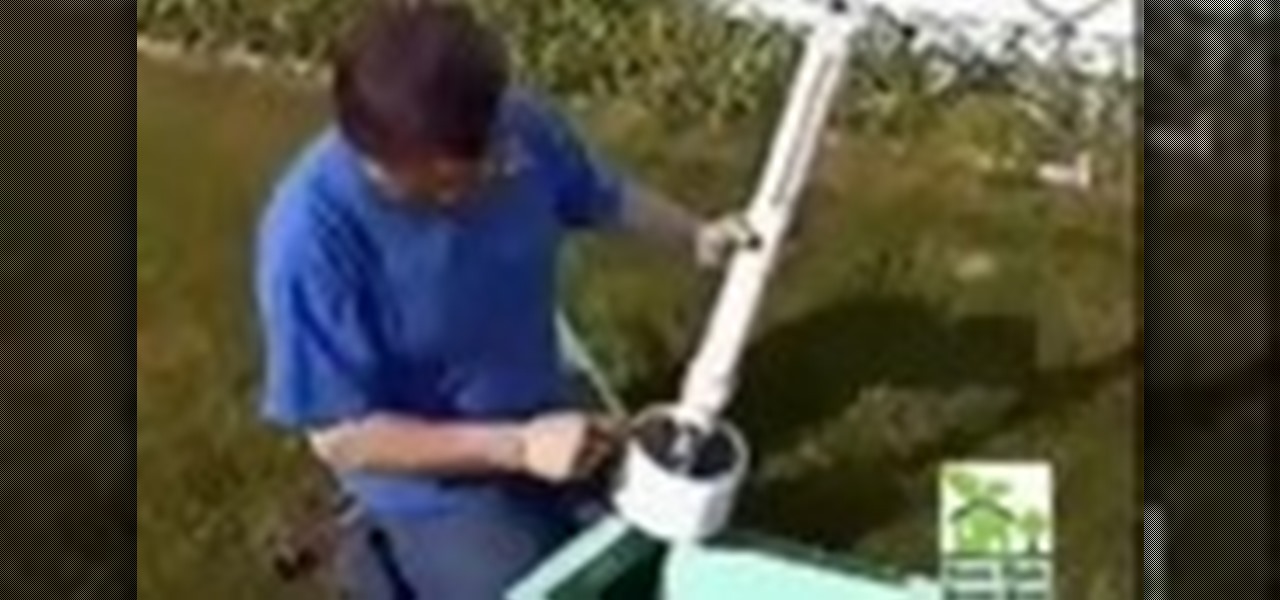
Suffering from high energy costs or simply looking to live in a more environmentally sustainable fashion? In this video tutorial, you'll find instructions for building your own wind generator using simple hand tools. For more, as well as step-by-step instructions to building a your own rotary wind generator, take a look at this how-to video.
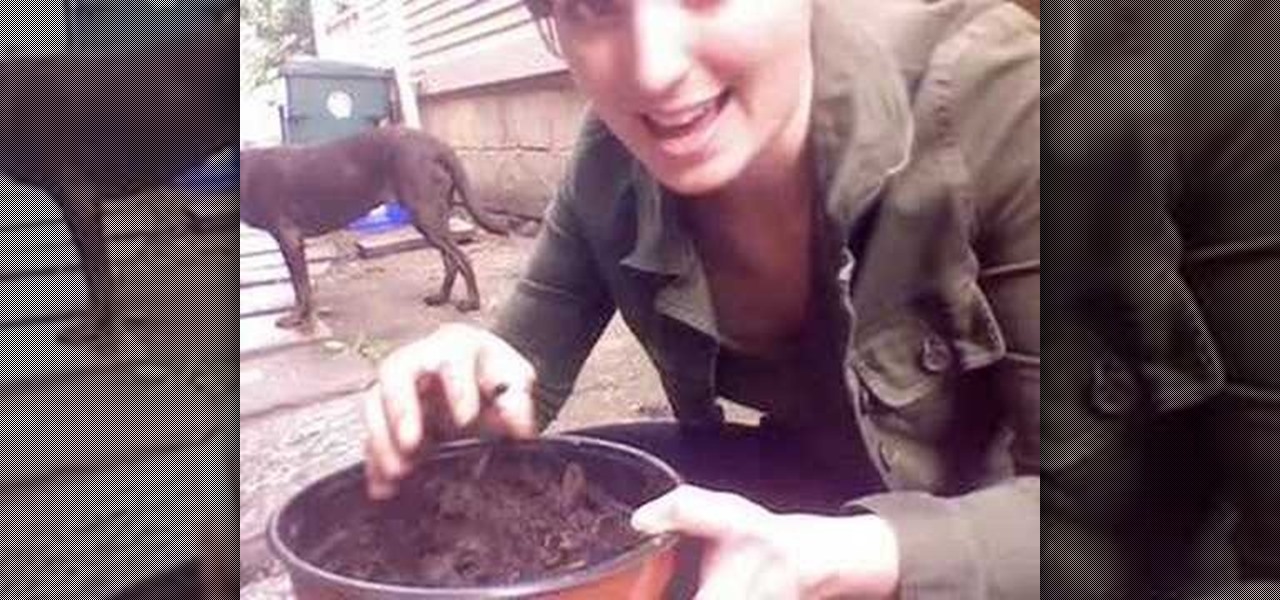
In this how to video you will learn how to plant and propagate a succulent called "Hens and Chicks". This tutorial is great for beginner gardeners and gives great gardening tips. Start your own garden today.

Want to save money, save energy and save the planet? Head to the attic. Sixty million American homes are estimated to have under-insulated attics.

In this tutorial, we learn how to get rid of wasps and hornets without using chemicals. Take a piece of bacon and wrap it around a stick. Then secure that stick by hanging it over a bowl of water with dish soap on it. The bacon will entice the bees to come towards it. Then, the bees will eat so much bacon they will have a hard time flying and they will end up flying down into the bowl of water. Then, the soap will make them be able not to fly and they will drown in the water. This is very eff...

Water is an important resource and it needs preservation. Older toilets suck up way more water than necessary, causing both high water bills and pain for the environment. Follow this tutorial, and learn how turn your old toilet into a newer low-flow model.

Go green with recycled blue jeans and help to eliminate plastic shopping bags. In this video tutorial, you'll learn how to make shopping bags from old, used blue jeans. For a step-by-step at the conversion process, and to get started making your own blue jean shopping bags, watch this eco-friendly how-to.

Bokashi is a fermented wheat bran used to pickle kitchen food waste to help it compost quicker without foul odors. Watch this how to video to learn how to ferment bokashi with molasses. Use the fermented bokashi to clean the septic system, pickle, or even to compost.
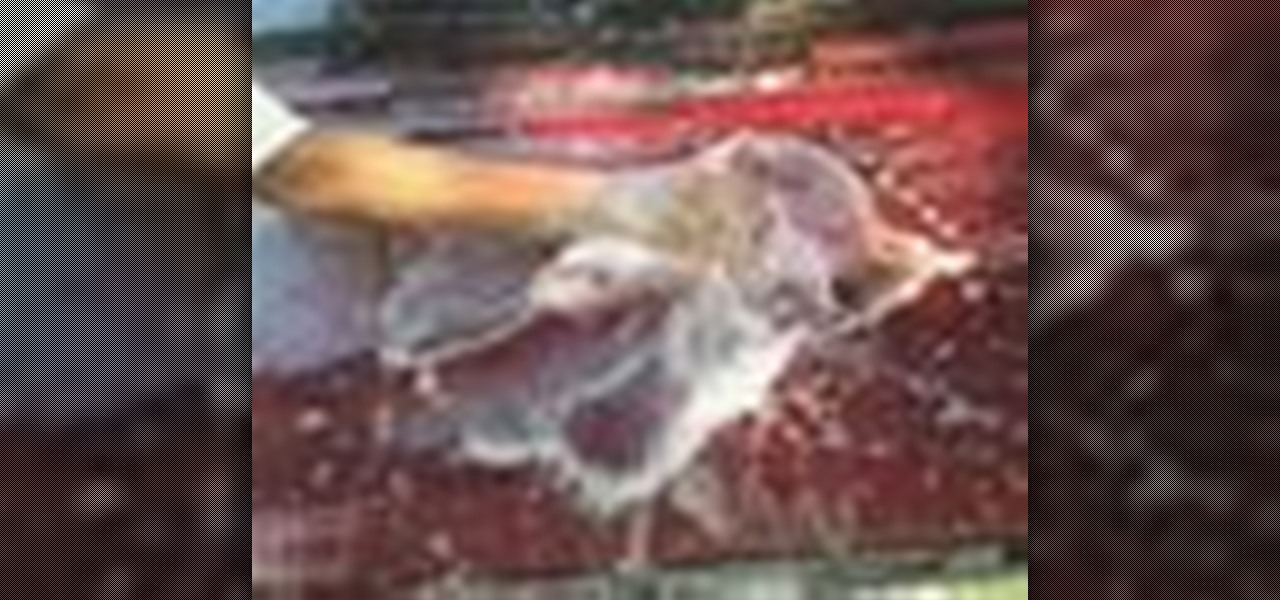
Water is becoming more scarce and more expensive. Most of the water used in your house is used outside the house. This how to video teaches you tips for conserving water around your yard. Watch this eco-friendly tutorial and you can be saving water and money in your home in no time.

Check out this tutorial that teaches you how to make a cotton reusable grocery bag out of bandanna. All you need is 2 bandanas, sewing thread, a sewing machine, scissors, and marking pens. This is a great, fashionable way to go shopping and cut down on plastic bags. Watch this how to video and you can save the earth in style with reusable grocery bags.

Learn how you can make placemats from materials from your garden that you usually would throw away with this how to video. This is a great eco-friendly way to decorate your table. Watch this tutorial and you can recycle your yard waste into beautiful placemats for your home.

This how to video shows you some easy ways to make your home energy efficient. Save money on your energy bills with this great tutorial.

Did you know your ceiling fan can warm your home in the winter? This how to video reviews the little-known options and advantages that come with ceiling fans.

In this video learn how you can save money on water every time you flush the toilet by converting your toilet into a low flush toilet.
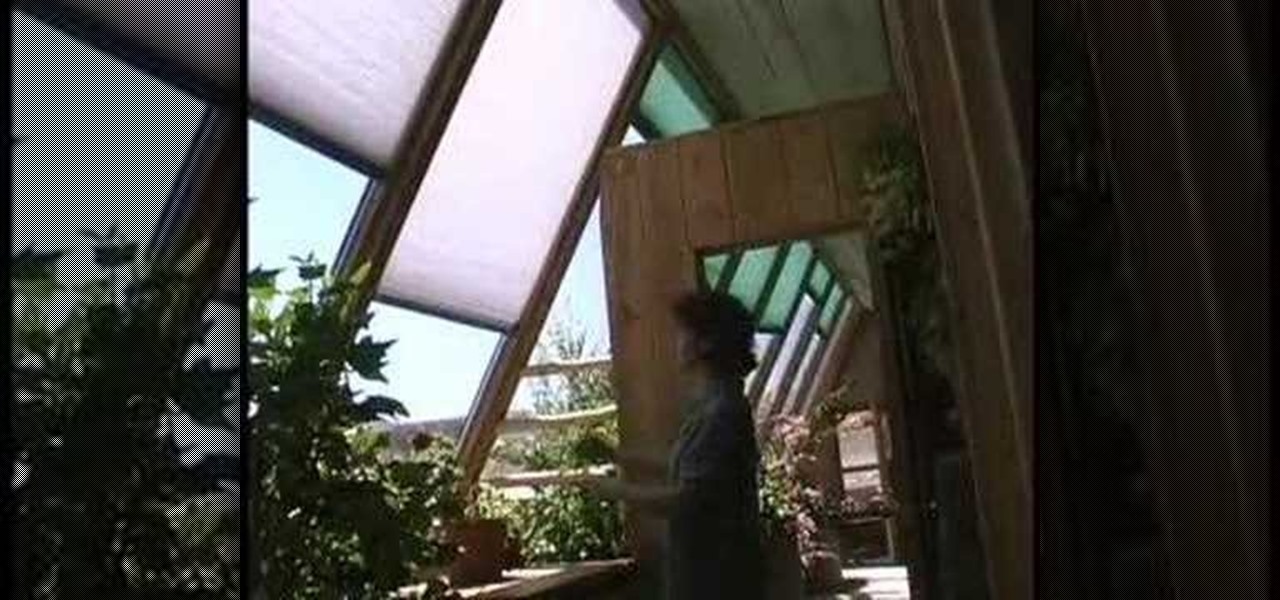
See these videos on making an eco-friendly home. Earthships are a passive solar home made of natural and recycled materials. They are thermal mass construction for temperature stabilization. The renewable energy & integrated water systems make the Earthship an off-grid home with little to no utility bills.
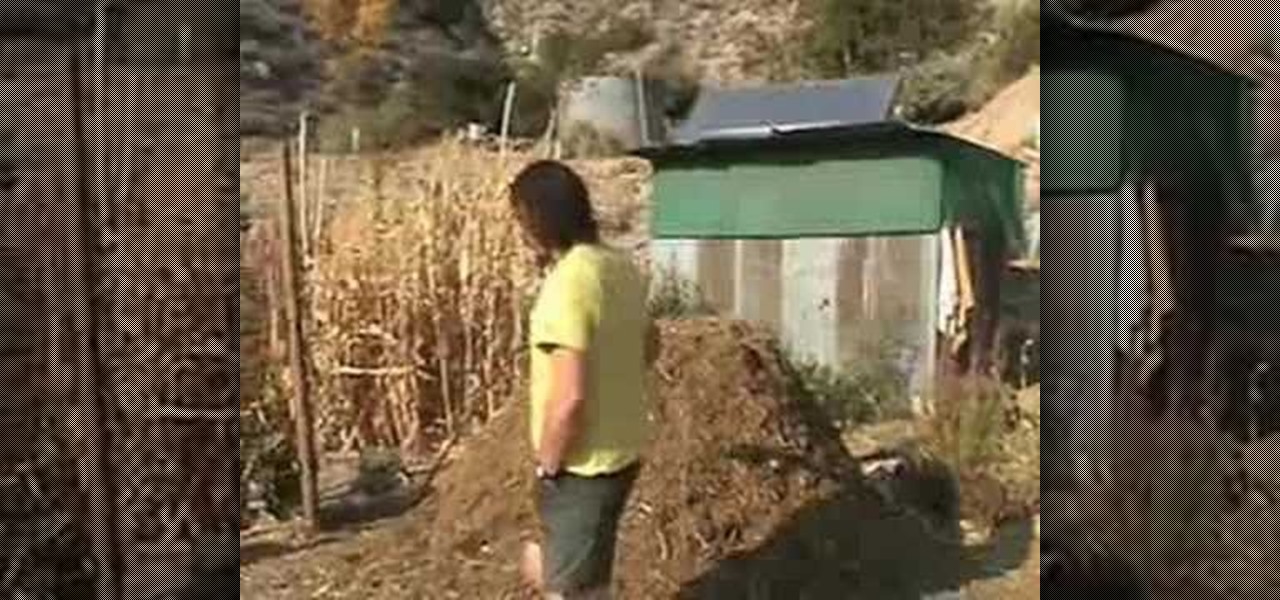
A short demonstration on how to build a compost powered hot shower. This is a part of the greater effort for permaculture in desert living.

In these videos our experts, two ladies who have been involved in city level water management and conservation for years, will show you how make your residence more water efficient. They’ll give you tips on where to look for leaks, both indoors and outdoors, as well as how to inspect the kitchen and bathroom for water overuse, adjust the hot water heater, and when to water your lawn for maximum effectiveness.

Wherever possible it is a good idea to make your own garden compost. It not only saves you having to dispose of garden waste, the compost that you make is great for the garden. There's an old saying that goes "you only get out of the garden what you put into it" and one of the best things you can put into a garden is organic matter. Learn how you can compost your garden waste with this how to video.
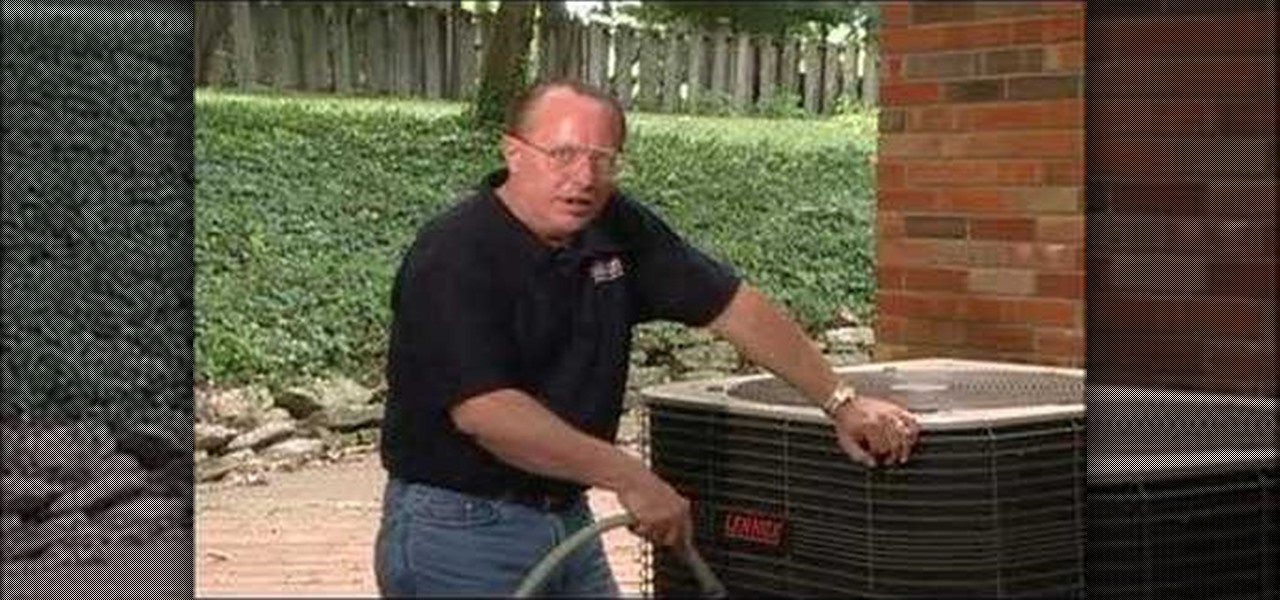
Everyone knows about the raise in natural gas prices. This how to video shows you can save money on your energy bill with these tips.
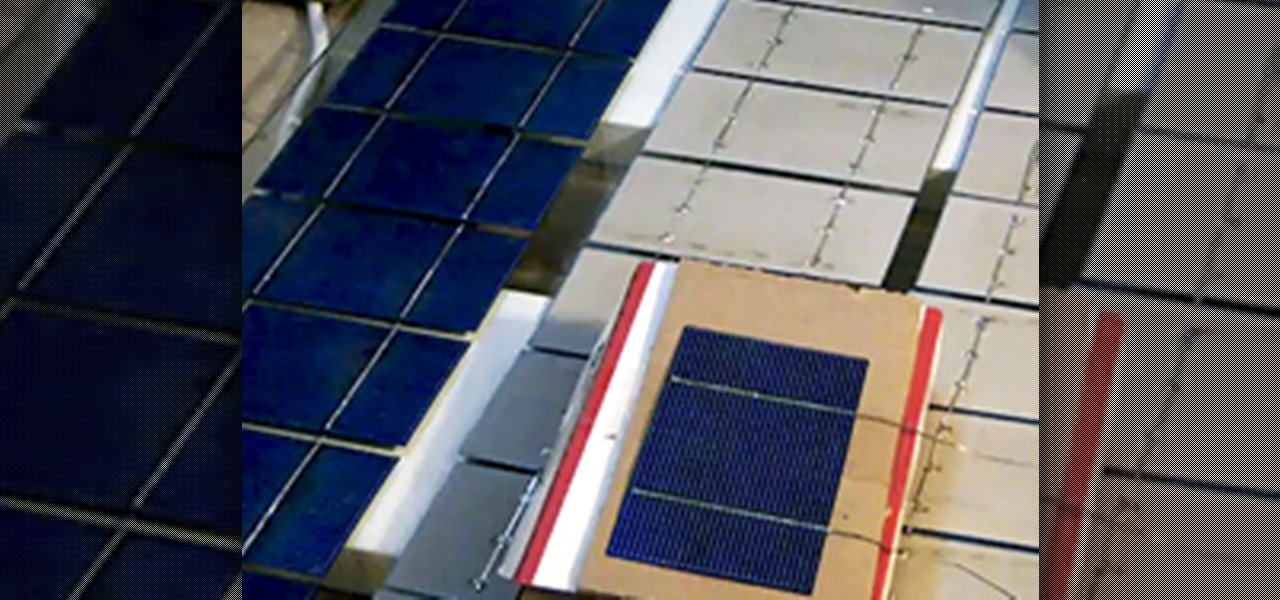
Sputnik, Apollo and the Space Race. If you watched the State of the Union address last night, you probably heard President Barack Obama mention those three things.
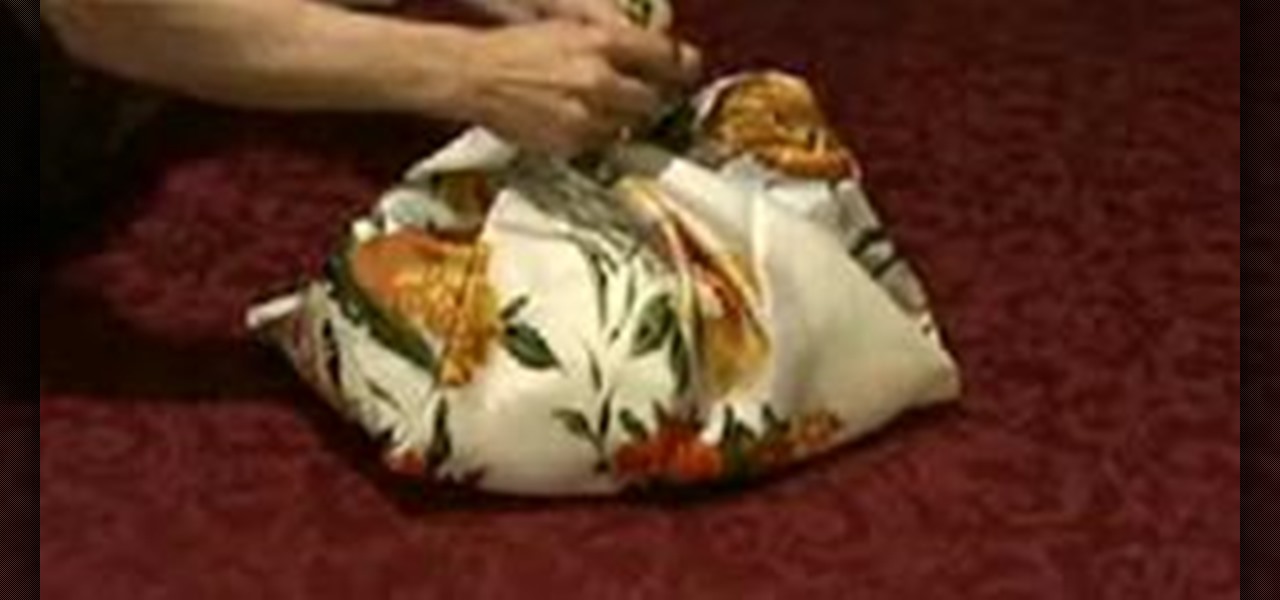
Learn how to make a Furoshiki bag, a method used by the Japanese for centuries to carry just about anything you can imagine, from food, groceries, boxes, bottles... even watermelons. A very Eco-Friendly way to reduce waste. make your own Furoshiki Japanese grocery bag today! Makes an inexpensive homemade Christmas Gift. Make a Furoshiki Japanese grocery bag.
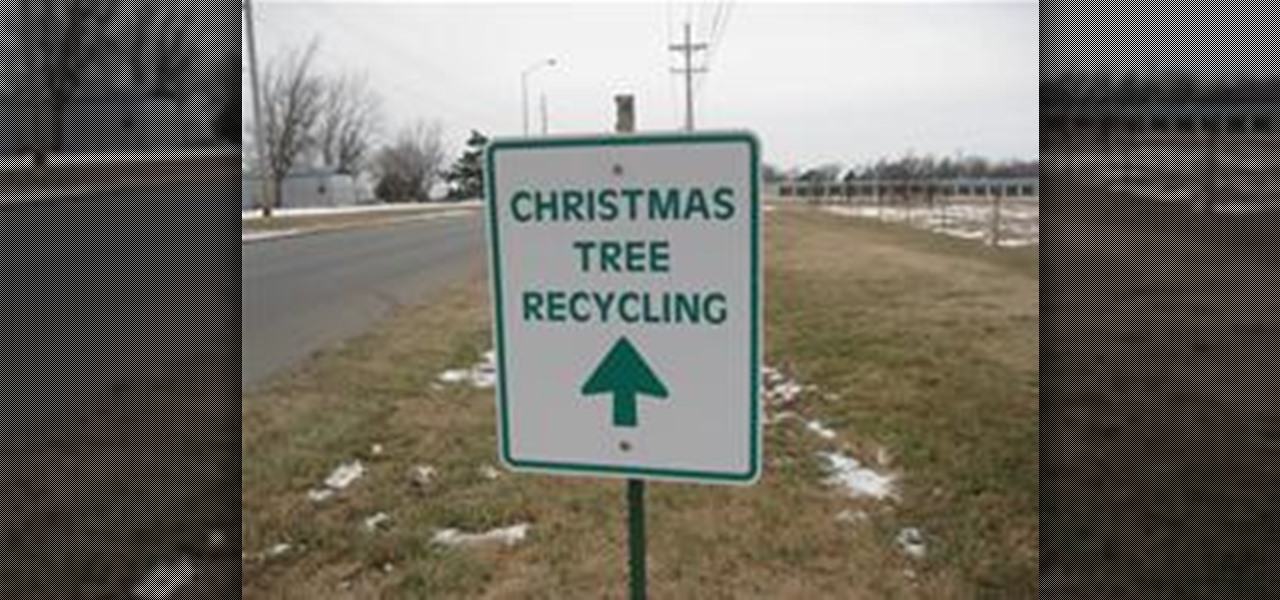
Christmas is almost over— all of the presents are unwrapped, all of the prime ribs have been eaten, the whole family's drunk off eggnog— and soon it will be time to forget about Christmas until next year.
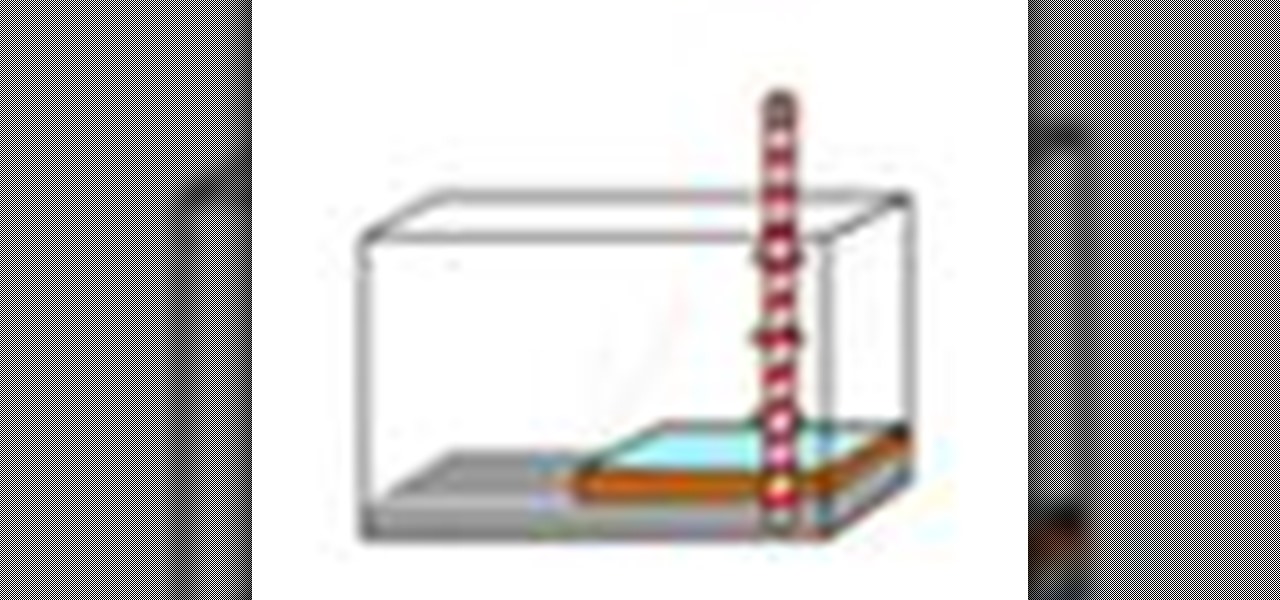
Many communities obtain their drinking water from underground sources called aquifers. If a surface water source, such as a river, is not available, water companies will drill wells into the soil and rock to a water source below. Some homes have their own private wells and must tap into the same ground water sources. In this video tutorial, you'll what aquifers are, how they work, why they are important and, of course, how to build your own model! Build your own aquifer.

Think you have a stain on your stove or countertop that just won't come off? Think again! This simple trick will have your kitchen surfaces gleaming in no time!
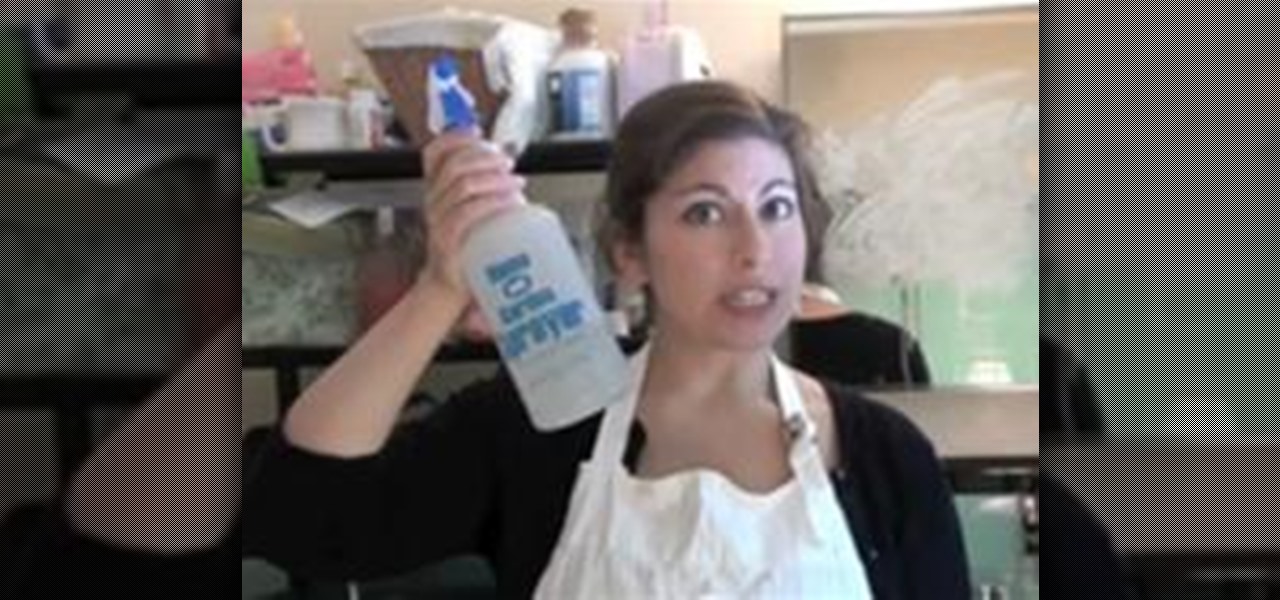
Supplies 2 parts water

Phantom loads are what happens when you leave electronic devices plugged in when they are not in use. Even if you do not have your electronics turned on, they are still putting out an electric charge. These phantom loads can be prevented with a few simple changes.
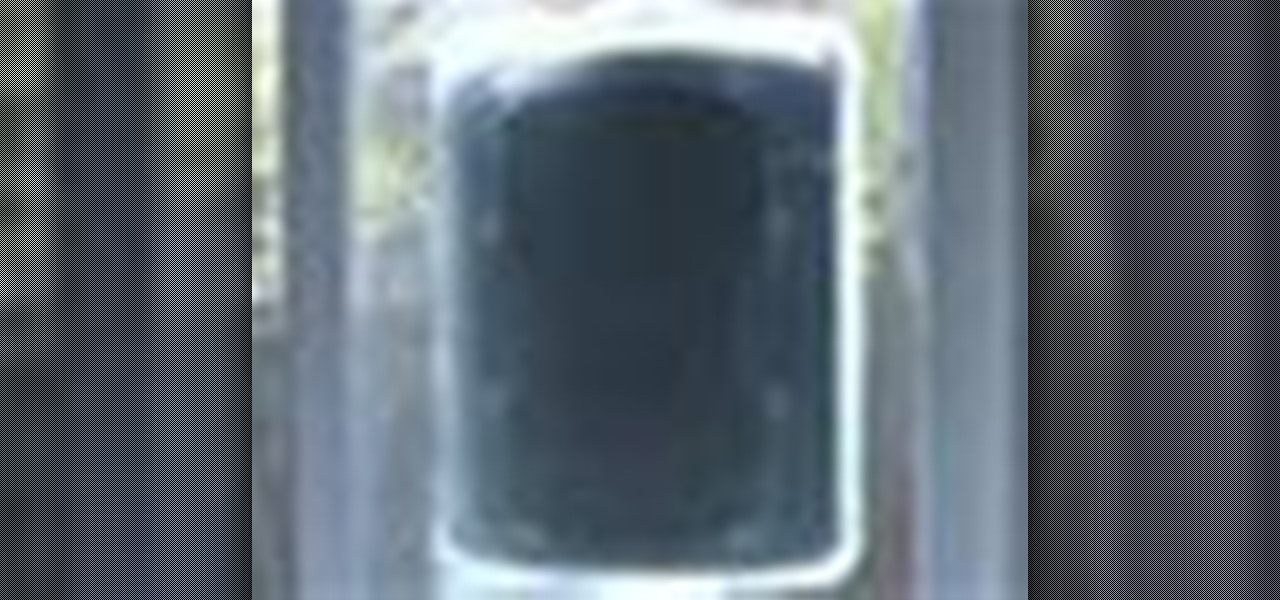
Here's a way to increase the heat in a cold room using nothing but the sun's energy! Heat your home for free.

A dripping tap waste around 2 liters of water every hour. Often we ignore this wasted water as it doesn't look like much until you realize that's 18,000 litres per year. Changing a tap washer yourself can be simple and cheap if you know what you're doing but there are some safety tips you'll need to know. For more, or to get started on your own tap washer replacement project, watch this ecofriendly DIY video guide. Replace a drippy tap washer.

Air fresheners are often packed with chemicals or they plug into the wall and use electricity. In this how-to video, you'll learn how to make a natural, organic air freshener with an orange, a length of rope, and some dried cloves. Watch this video and make your own citrus air freshener today. Make a natural air freshener.

Water is an essential for human life, but the balance between supply and demand is becoming a crucial issue. The amount of water we use, a waste, in day to day life has a direct impact on the environment. Conserve water.

Making biodiesel is easier than you think, and great for the environment. See for yourself, using inexpensive items available at most grocery stores! You need methanol, vegetable oil and lye. Make homemade biodiesel fuel.

Think you're more green by going artificial? Think again. The New York Times reports that the most definitive study shows you would have to use your artificial tree for 20 years before it has less impact on the environment than a real tree.
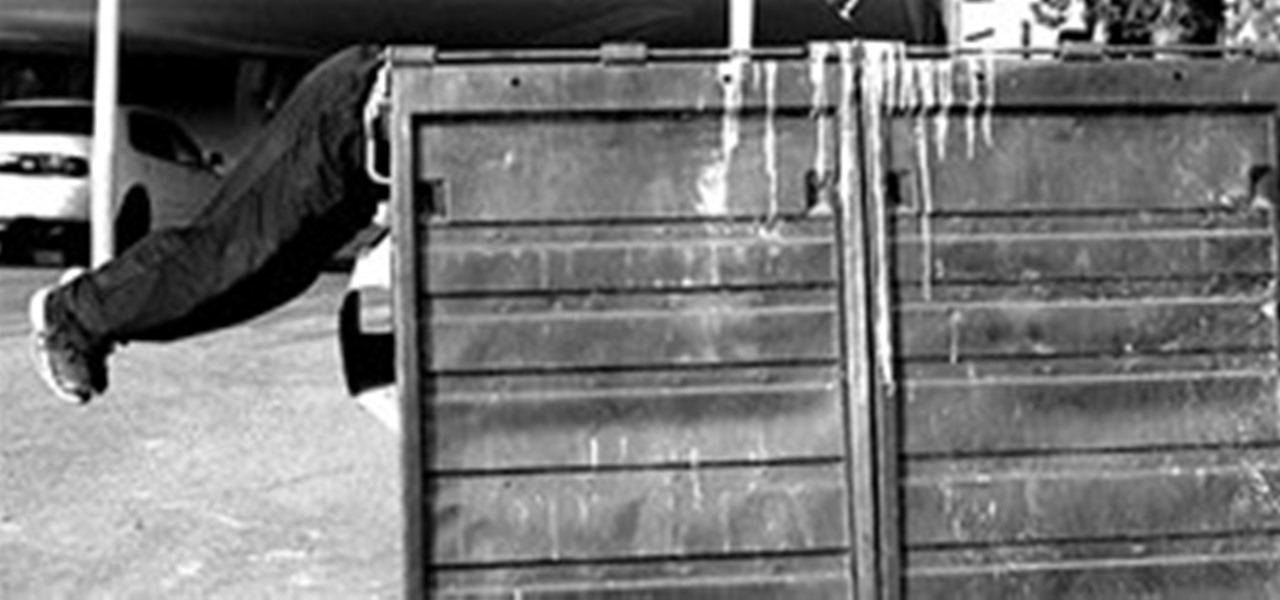
Dumpsters make great swimming pools and skateboard ramps, but when they're full of trash, they're pretty valuable, too. You can get a surprising amount of free booty dumpster diving. If you're a penny pincher who values low cost (re: free) functionality, check out Apartment Therapy's guide to mastering the craft. Below, my three favorite insider tips.
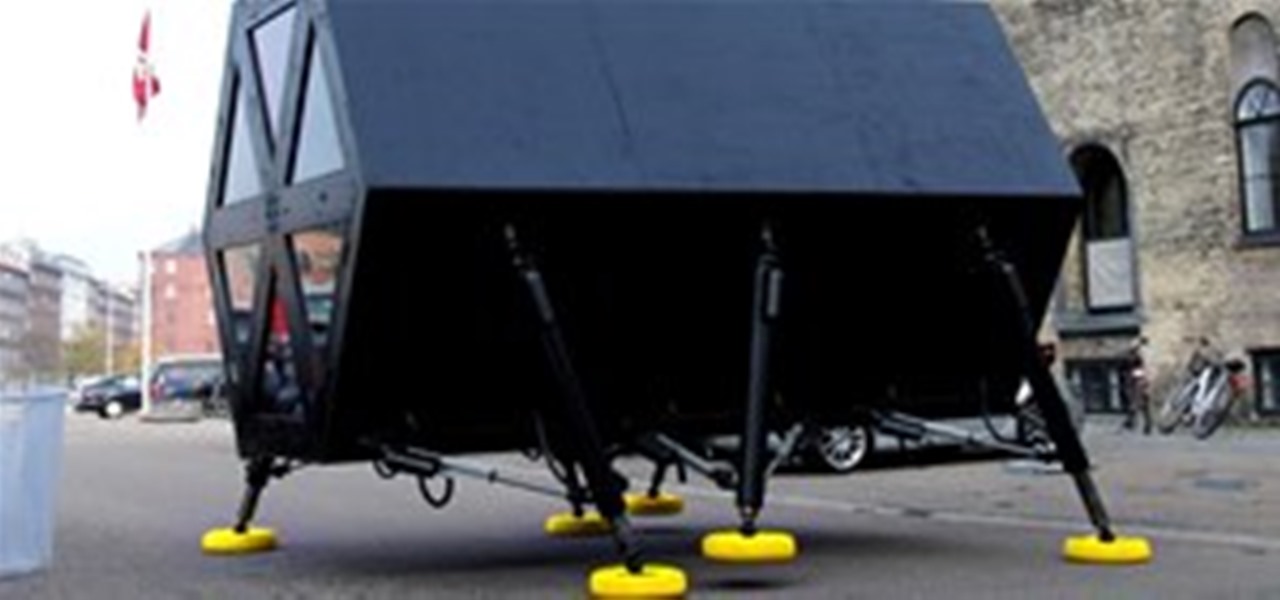
If you fancy yourself a nomad, check out Walking House, a mobile and modular dwelling system that is pneumatically powered, all-terrain ready. The vehicle-home crawls along at a snail's pace of 60 meters per hour, which equates to less than 1/2 a mile per hour. Akin in concept to the rolling house-on-the-go (except in the way cooler insect-like robot form), Walking House also boasts some cool eco-friendly features:

A group of New Zealand students have designed the ultimate green addition for eco-friendly living: a "clip-on" Plant Room.
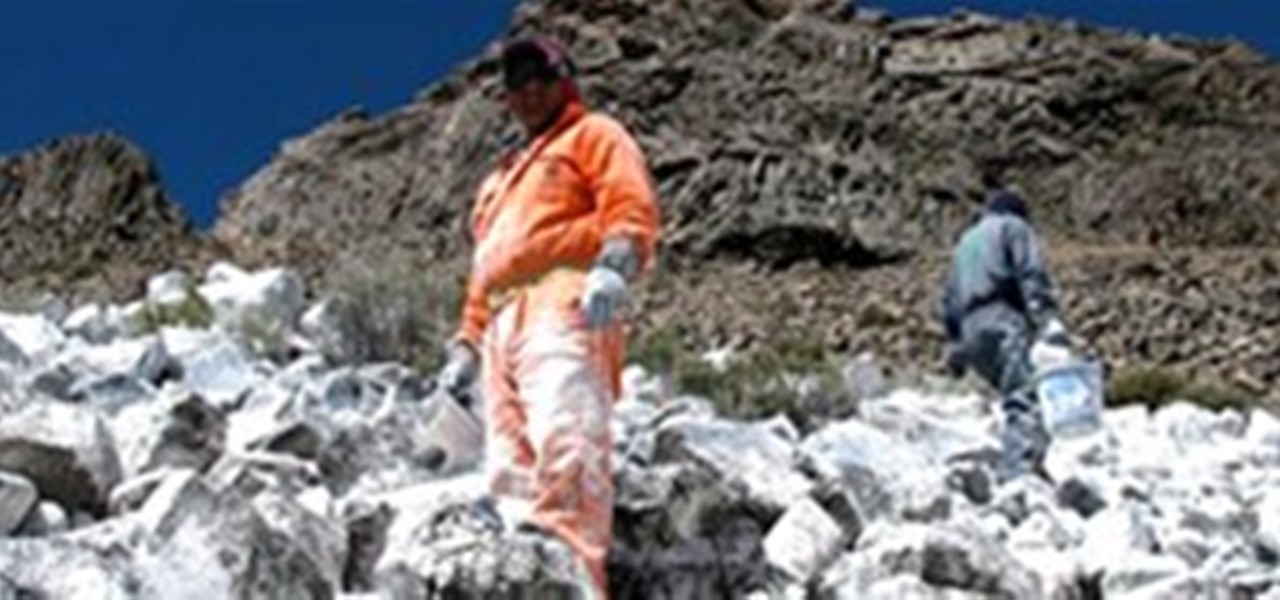
55-year-old Peruvian inventor, Eduardo Gold, was one of 26 winners of the "100 Ideas to Save the Planet" competition of 2009. His winning plan? To whitewash a mountain in order to restore it to a glacier.